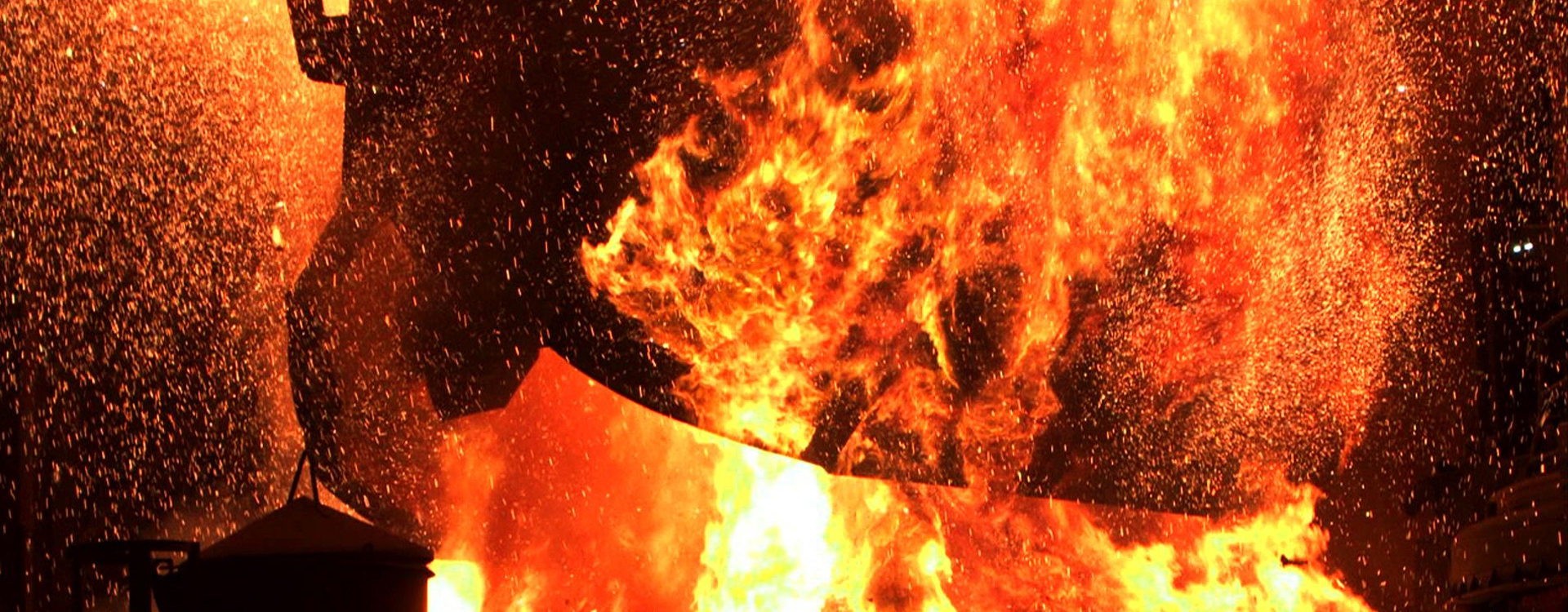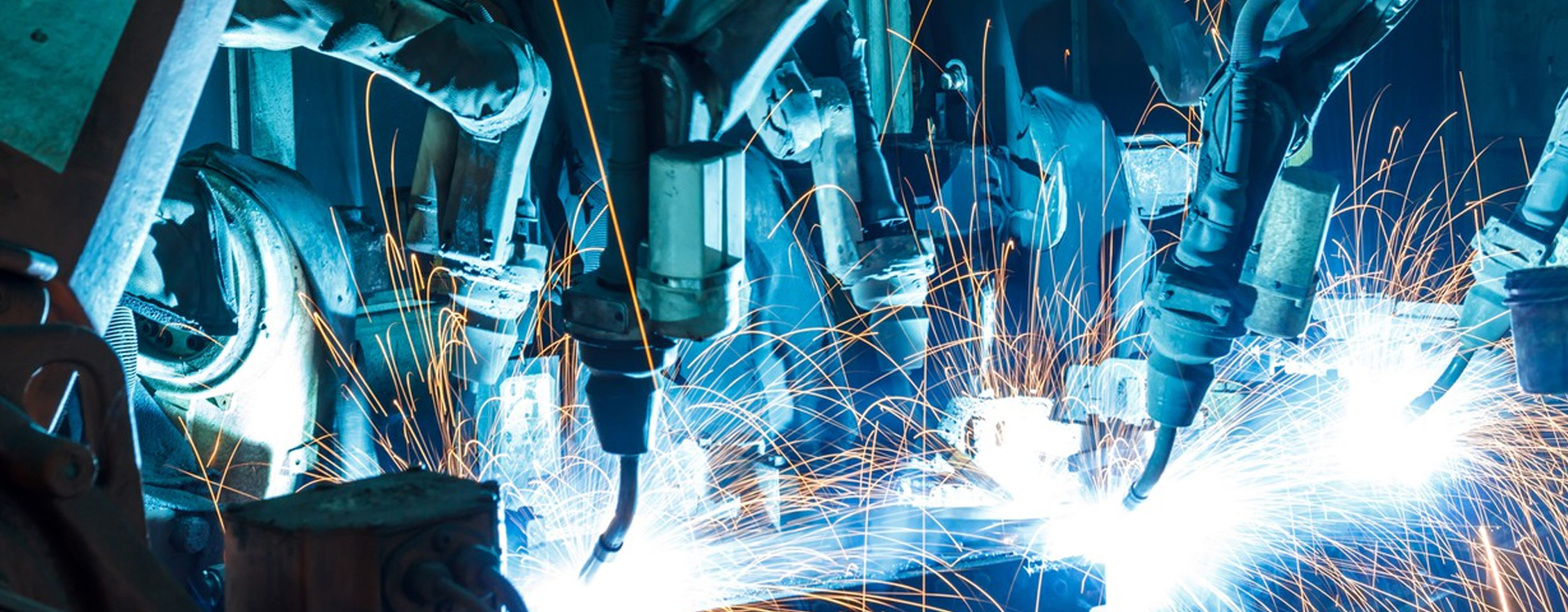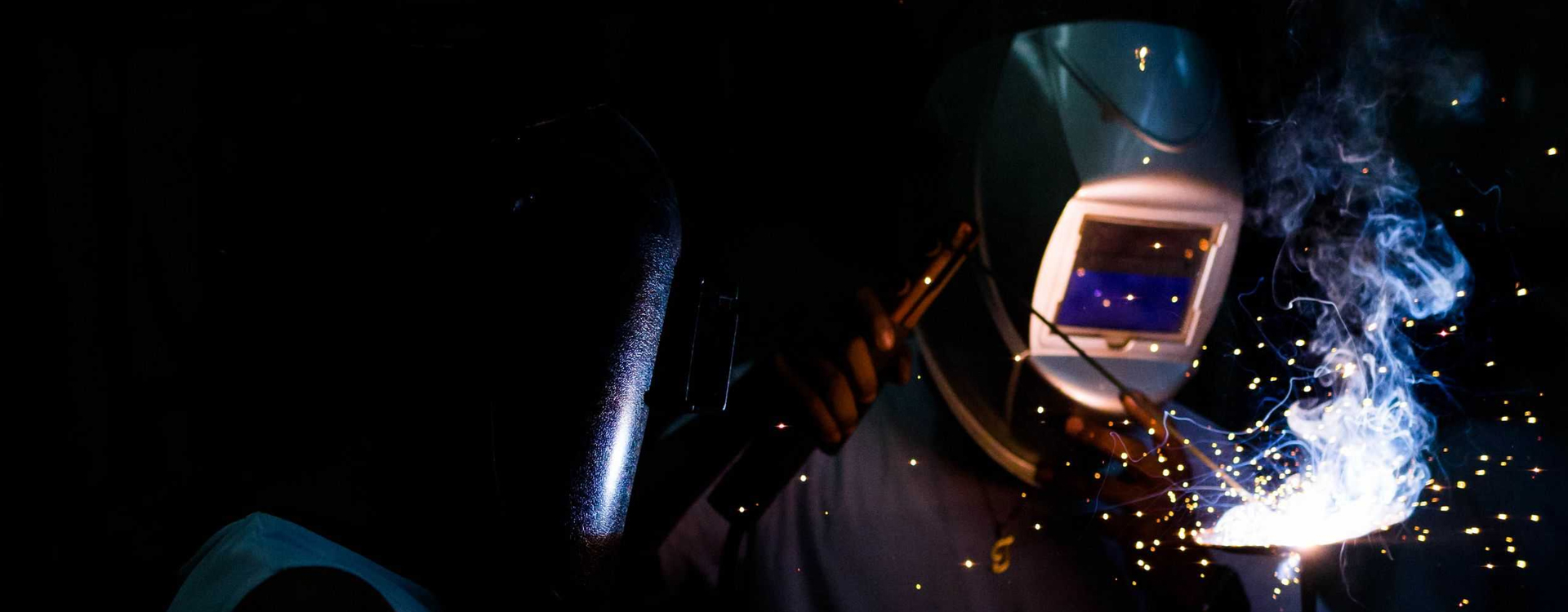Seminar Details
Multi walled carbon nanotubes (MWCNTs) reinforced iron-based metal matrix composites (MMCs) were fabricated by conventional powder metallurgy route. High to low volume content MWCNTs reinforced with five different compositions (Fe-21 vol. % MWCNTs, Fe-4 vol. % MWCNTs, Fe-2 vol.% WCNTs, Fe-1 vol.% MWCNTs and Fe- 0.5 vol. % MWCNTs) were chosen for fabrication of the composite. The composite iron and MWCNTs powders were initially mixed by various methods like planetary milling for long (10 and 12 h) and short time (20 min), turbula mixing, sonicating and pestle- mortar mixing. Then the powders were cold compacted and sintered by conventional pressure less sintering using Ar and H2 gas at 900, 1200 and 1300 °C for 2 hours in a tubular furnace. The composite powders and the sintered composites were characterized by XRD, optical microscopy, SEM, FESEM and TEM for phase analysis and morphology study. A comparison has been made on the phase evolution, microstructure and properties of the composites fabricated by using various mixing methods. The structural stability of MWCNTs were studied by Raman spectroscopy. Density, hardness, and compression strength of sintered composites was measured, compared and optimized. Non- lubricating sliding wear, electrical conductivity and corrosion behaviour of the Fe-MWCNTs composite were studied. The study demonstrates that Fe-1 vol.% MWCNTs and Fe- 0.5 vol. % MWCNTs composites exhibit comparatively better mechanical, tribological and electrical properties compared to other composites.



